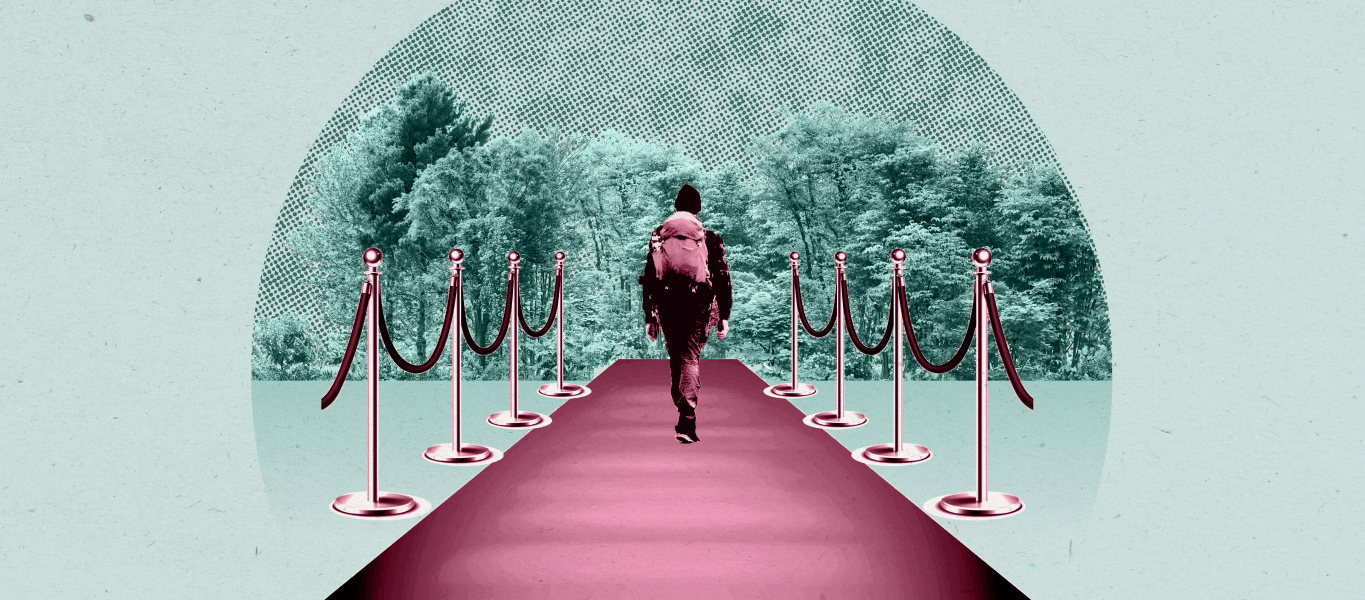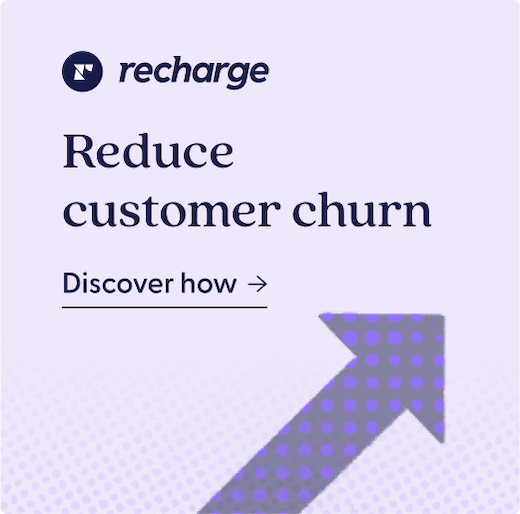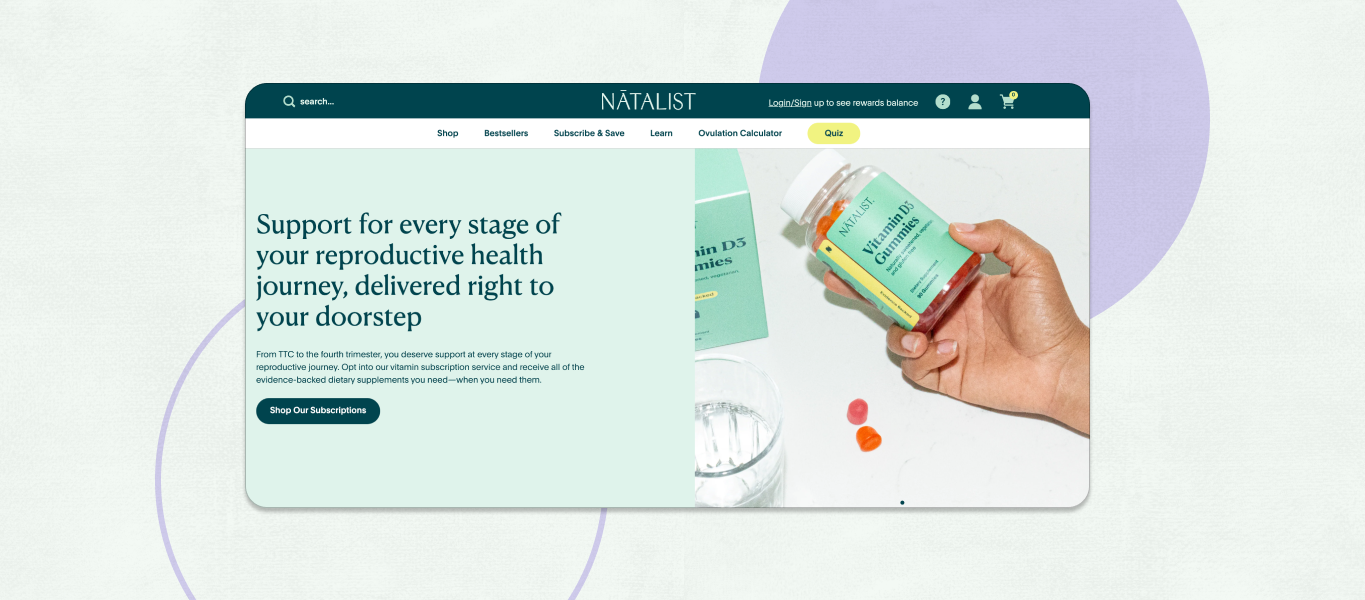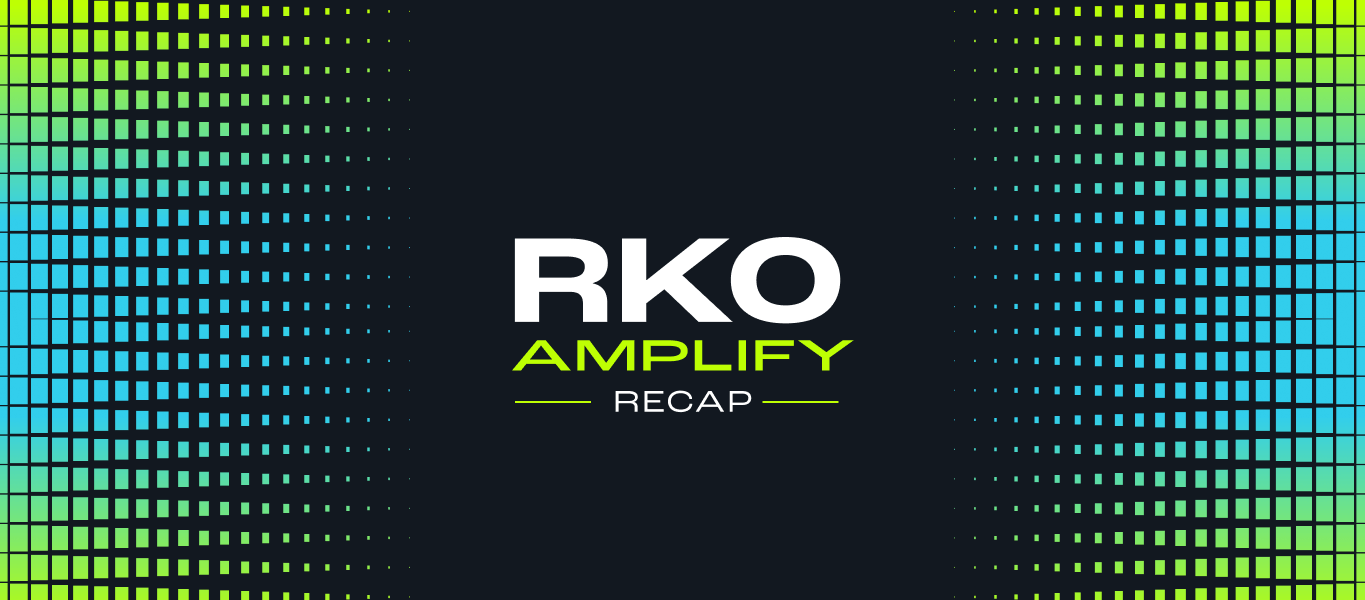Awareness, consideration, purchase, retention, and advocacy: The five stages of the customer journey are familiar territory for ecommerce brands. What are less familiar—yet also highly valuable—are the differences between a typical customer’s journey and a loyal customer’s journey.
By understanding this nuance and tailoring your customer journey for your most engaged players, you can boost your bottom line and draw even more valuable shoppers to your brand. In this post, we’ll cover the differences between a loyal customer’s journey and an average customer’s journey to help you better identify the MVPs of your customer base.
From there, you can optimize your customer journey to suit those shoppers, adding more value for them and for your business.
Key takeaways
- The customer journey is a marketing concept that outlines the path that customers take in buying a product or service with a brand.
- Typically, the customer journey is conceptualized in five main stages: awareness, consideration, purchase, retention, and advocacy.
- While loyal customers also follow this five-step path, there are nuances in their journeys that are key for businesses to understand.
- By understanding these differences and optimizing your customer journey for your most loyal shoppers, you can add value for both your business and customers.
The value of loyal customers
Your loyal customers who have shown a proven interest in your products or services are highly valuable to your business. Research shows that returning customers tend to buy more from companies, which helps reduce the operating costs to serve them.
Beyond this, loyal customers also tend add value in numerous other ways, including:
- Acting as natural brand ambassadors
- Recommending your products to friends and family
- Leaving positive reviews
- Subscribing to products they buy on a regular basis
- Engaging with your brand via online communities and social media
- Staying up-to-date with your brand’s communication
Ultimately, these customers can have an enormous positive impact on your business, increasing your lifetime value (LTV), retention, and recurring revenue. They can also fortify trust in your brand, increase your engagement, and help you attract more customers who are likely to stick with you.
How loyal customers differ in the 5 stages of the customer journey
So—as they progress along the customer journey, how do loyal customers’ actions differ than those of traditional customers? Below, we’ll break down each stage and explore the patterns in loyal customers’ behavior.
Stage 1: Awareness
The awareness stage of the customer journey is your brand’s opportunity to make a positive first impression on potential customers. At this point, shoppers are just becoming aware of your brand and learning about the products or services you offer.
Customers may arrive at this stage via a variety of different channels, including:
- Organic web searches
- Educational blog posts
- Commercials
- Social media posts from your brand or an influencer
- Recommendations from a trusted source
- Digital, print, or podcast advertisements
Future loyal customers may be more likely to reach you via word-of-mouth referrals from your current loyal customers. They may also spend less time in the awareness stage than your average customers. Of course, this requires you to ensure that content is being seen by enough eyes in the right channels, and that you clearly communicate the attributes of your brand and products in that content.
In doing so, you can show shoppers who align with your values that you are an excellent match deserving of their time and attention—allowing them to move along to the next stage, consideration, more quickly.
Stage 2: Consideration
At the consideration stage, customers are already aware of your brand and products, and are now considering whether or not to purchase from you. To move on to the next stage, they need a bit more information about you to convince them to choose you over your competitors. An important area for this context is your product detail pages.
At this point, customers will be searching for information about what your product looks like, what it’s made of, how it can be used, and what sets it apart from other brands. For all potential customers, you’ll want to make sure these pages contain multiple product images, clear product descriptions, and any other essential information.
Beyond the product page, your future loyal customers may be more likely to engage with your content at this stage in their journey. For example, if they become aware of your brand via an exciting blog post you’ve written, they may read the post in its entirety as they consider you. If they become aware of you via a social media post, they may scroll through the rest of your feed to view other content you’ve posted.
If you offer a product recommendation quiz for new customers, they may be more likely to engage with this, too. To empower them to discover whatever content they need, you’ll want to make sure your site is intuitive to navigate so customers seeking additional information can easily and quickly it.
Your loyal customers also may be more curious about your company’s story than your average customers. Because of this, you’ll want to make sure visitors to your site can easily identify your mission, and that your “About” page tells a compelling narrative about your products. As loyal customers are often more aligned with your brand values, it’s crucial to make this alignment clear to them so they can move on to the next phase: purchase.
Stage 3: Purchase
At the purchase stage, also known as the conversion stage, a site visitor becomes a customer. They gain all the necessary information they need to purchase with you, and make a decision to give you their business. Here, for all your customers, it’s crucial to provide a smooth checkout experience with transparency around pricing and shipping processes to reduce the risk of cart abandonment.
The most major differences between your average and loyal customers happen after the purchase stage. However, when they convert, your loyal customers may be more likely to take actions that set them up for a future relationship with you. This could mean they purchase a sampler box you offer so they can try several of your products and decide which one is the best fit for them. Or, they might add an item on to their initial order to explore even more of your products.
Stage 4: Retention
The customer journey is far from over at the purchase stage. Once a customer joins your business, your efforts to retain them can be highly valuable for your business. After all, the cost of acquiring a new customer can be anywhere from 5 to 25 times that of retaining an existing customer.
This is where your loyal customers show their true value. These individuals will stay in the retention phase much longer than your typical customers, making additional purchases with you and continuing to engage with your brand. In other words, these are not the customers who take advantage of a signup discount and then churn from your business.
As they have a proven interest in your products and connection with your brand, these customers may be more likely to sign up for a membership or subscription with you. A report by Omniconvert found that the chances that an ecommerce customer will return to make another purchase drop to just 20% after 200 days. Meanwhile, in our latest industry report, we found that subscription ecommerce customers stuck around in bigger droves, with 45% customer retention in roughly the same time period.
Stage 5: Advocacy
While the advocacy stage is highly valuable for your business and important to strive for, many typical customers never reach it. But the longer your customers stick with your brand and the more loyal they are to you, the more likely they are to reach this phase.
At this point, after having a positive experience with you, your customers advocate on your behalf. This could be by making word-of-mouth recommendations to others, leaving positive reviews on your website, and even creating user-generated content mentioning your brand on social media.
The customers who reach the advocacy stage with your brand can also be extremely helpful for gaining insights about your overall customer base. They may be more willing to take surveys or provide feedback, which you can then use to hone your approach to retention, product development, and more.
When new shoppers hear about your brand from your current advocates, it can go a long way in instilling trust and forming a positive impression. This can then start the funnel all over again by bringing well-matched new customers into the awareness and consideration stages of the funnel.
Optimize your customer journey with loyalty in mind
Your loyal customers spend more with your brand, stay with you longer, and take extra time to recommend your products and services to others. Because of this, they’re well-worth the extra time, care, and focus it takes to optimize the customer journey.
By cultivating opportunities to build loyalty from awareness to advocacy, you can not only boost your acquisition but also your retention, adding value for both your business and customers.



